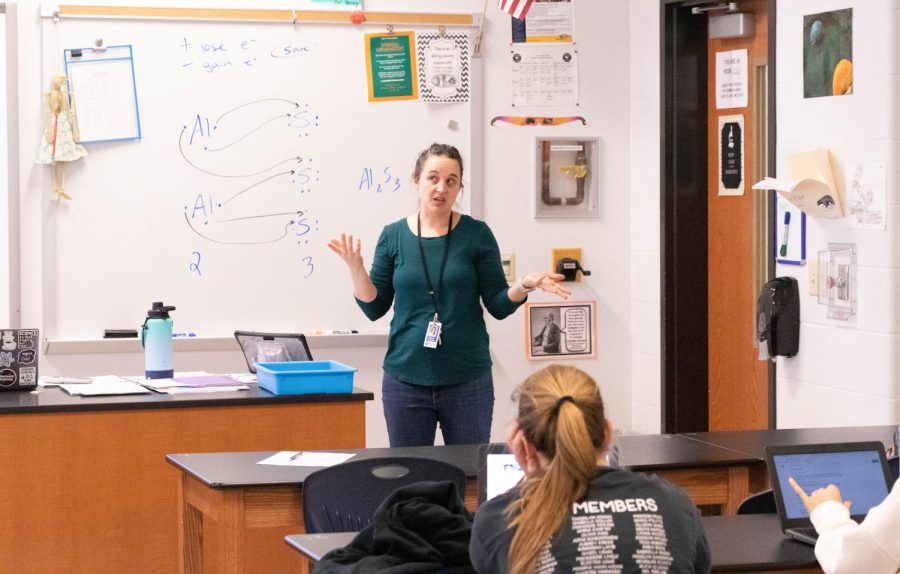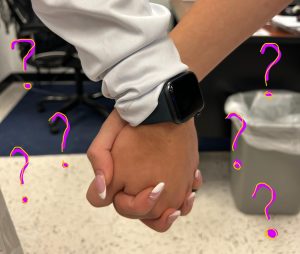Students Learn How to Solve Crimes in Forensic Science
Learn about forensic science and the teacher who loves teaching it
Mrs. Robinson explains the “Innocence Project” to her students.
February 27, 2023
Forensic science was the only class open to Ms. Robinson when she first started working at Liberty seven years ago. She didn’t understand forensic science at first, but after some research, she got it. Even with the school offering her new classes she could teach, she still teaches it today.
Forensic science is a year-long course and Robinson makes sure “everyone in the class enjoys and feels comfortable there.”
She keeps students interested in learning. Her style of teaching for that class is to give students trigger warnings, keeps it PG-13, and not use shows since it might be a lot for some students to handle properly.
With her class being a year-long class, Robinson has 12 units to offer with some intriguing topics. Some of the topics her students love are picking apart hair fibers, making crime scenes for other students to solve, and impression evidence. The harder ones are glass and blood evidence since math is involved and sometimes it is possible to miss some parts to it.

In Robinson’s class right now, students are working on the Innocence Project. The Innocence Project exonerates the wrongly convicted through DNA testing and reforms the criminal justice system to prevent future injustices. Students are using a website to explain how evidence was misused, how long inmates served, and an inadequate defense.
If the students need some extra time, or they won’t be able to finish it in time, Mrs. Robinson completely understands and is great at communicating with students about this type of thing.
Bryden Bell, a freshman taking her PNPS (Principles of Natural and Physical Sciences) class, says that, “She’s really good because she explains the material she teaches well.” Bell plans on taking forensic science next year since she loves the teacher and learning more about the subject as well.










